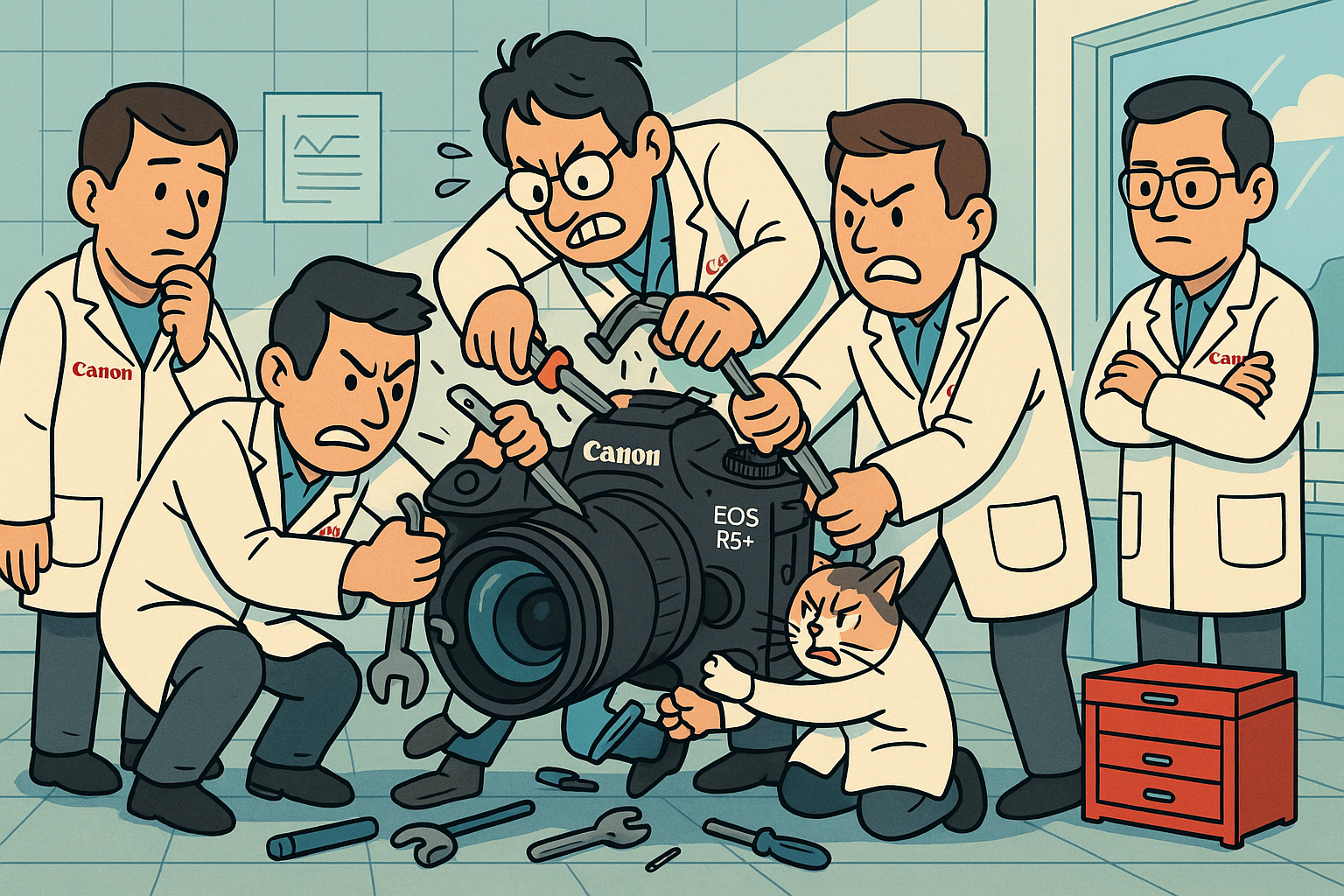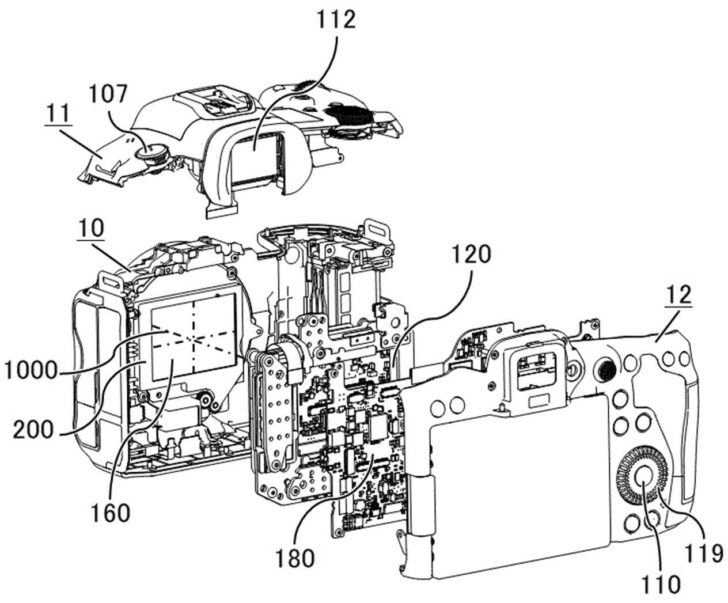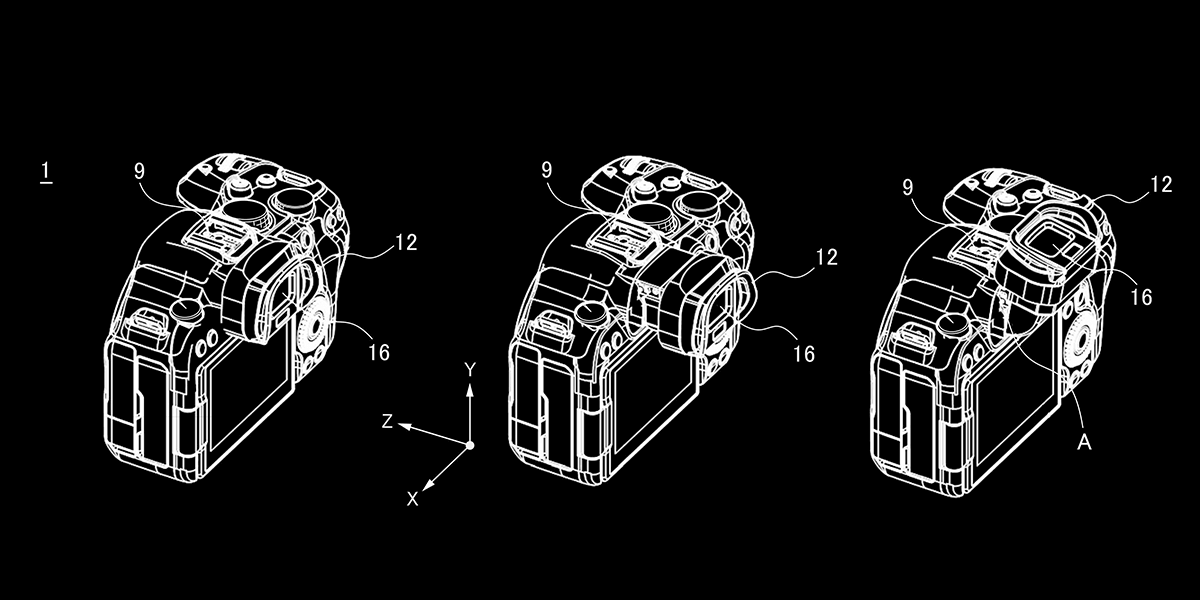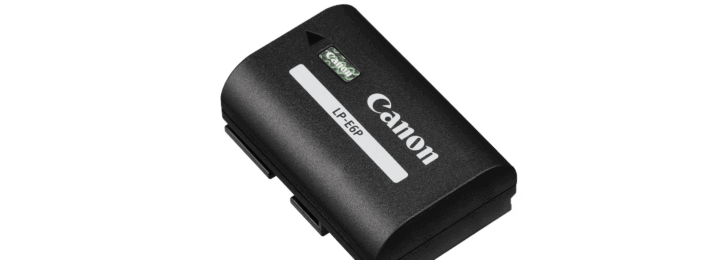
Check out our latest products
Canon’s EOS R5 Mark III is expected between late 2027 to mid-2028, but that’s exactly why now is the time to speak up. Once specs are finalized, it’s too late to shape what the next generation of this popular hybrid camera will become.
As a working photographer and videographer, here’s what I think Canon needs to hear based on my conversations with hobbyists and working pros. Speak up in the forum to have your voice heard.
A Faster Sensor, Without the Trade-Offs
The R5 Mark II gave us a big boost in readout speed, down from 16.3 ms to just 6.3 ms. But the Canon R1, even without a global shutter, achieves 2.7 ms. That’s the difference between picture perfect sports shots and rolling shutter frustration.
For the R5 Mark III, I hope Canon improves the photoelectric conversion layer, analog amplifier, and image processor. Not just for speed, but also to avoid sacrificing dynamic range and low-light performance.
A global shutter would be great. But if Canon can reduce rolling shutter to near-zero while keeping shadow detail and ISO performance, that’s a win for most of us.
EOS R5 Mark II
Autofocus: Smarter, Not Just Faster
Canon’s DIGIC Accelerator chip helped push predictive subject tracking autofocus forward in the R5 Mark II, but it’s still not perfect. Grass, branches, and low light can still throw it off.
With the next version of the DIGIC Accelerator, Canon could leverage machine learning to better track subjects based on shooting scene context—whether birds, athletes, or people talking to a camera. Nikon’s already doing this. Canon needs to catch up.
Internal ND Filters: Stop Screwing Around
Canon has filed a lot of patents for internal ND filters—JP 2023-12853, 2023-128236, 2023-129247, and many more. These designs fit inside the current R5-style bodies. So where are they?

Internal ND filters would be a game changer. No more screwing filters on and off. No more forgetting them at home. They save time, weight, and pain, especially for older shooters or anyone who likes to travel light. This feature has a real-world impact for both photographers and videographers.
Pixel Shift: Take Two
Sony’s A7R V does 240MP with pixel shift. It even accounts for moving subjects. Canon tried pixel shift in the R5 Mark I, but it fell behind. AI upscaling in the R5 II is not the answer as it creates images that feel artificially enhanced and stripped of detail.
Canon should bring back pixel shift with AI support for motion correction—not AI-generated images. Food, product, and architecture photographers would thank you.
Low Light: Why Did ISO Get Worse?
Photographers, especially wildlife shooters, have noticed something odd. The R5 Mark I often performs better in high ISO low-light conditions than the newer R5 Mark II. That shouldn’t be happening. The R5 II has a stacked sensor and updated processing yet shows more noise.
Canon needs to rethink sensor design for the R5 III. If 45MP stacked sensors are supposed to improve dynamic range and ISO performance, let’s see its without compromises.

Tilting EVF
Canon has been working on it. Sony just announced the FX2 and it has one. We would love to see one appear on a camera soon.
32-Bit Audio: It’s Time
For videographers, 32-bit float audio would be a major upgrade. It prevents clipping during loud moments and keeps quiet details intact without constant manual adjustment.
Canon could add this through a hot shoe XLR module or dual ADCs built into the camera. Panasonic and Fuji already do it. Time to follow suit.
A New Battery, Please
The LP-E6 form factor is limited. The R5 II can’t access many of its video features if using the R5’s LP-E6NH battery. And even then, battery life and heat are major issues.

It’s time for a higher-capacity option. It’s time for a bigger, more powerful battery.
Two CFexpress Type B Slots. No More Excuses.
Canon, you gave us one CFexpress Type B slot and one SD slot. That setup causes constant headaches. Users must micromanage file paths and lose high-end features when using the SD slot. It’s time to go dual CFexpress Type B. It won’t canabalize the R1 as it serves a different market.

Active Cooling? Why Not
The R5 III doesn’t need to be the R5C, but a quiet internal fan with an auto setting that shuts off during recording could make overheating a non-issue—especially when pushing 8K and 4K120 modes.
Resolution and Frame Rates
If the R5C is really being discontinued, the R5 III must carry the torch:
- 8K 60 RAW? Absolutely.
- 4K 120 full sensor readout? Yes, with fine detail (not pixel-binned).
- FHD 240p? Please.
We don’t expect 8K 120fps at this level yet, but with Nikon integrating RED, that day may come sooner than expected. If Canon waits too long, someone else will lead.
EOS R5 Mark II
Release Timeline & Influence
Canon usually refreshes the 5-series every 3–5 years. That means we’re likely looking at a launch sometime between late 2027 and mid-2028, perhaps around CP+ in early 2028. But Canon is likely locking in specs within the next 6–12 months.
That’s why this article exists. If you care about the future of this camera, our camera, say something.
Share your thoughts at trade shows. Tell Canon support. Use their feedback forms. Raise some noise here in the forum and on my video in the comments section.
We’re not just users. We’re the reason these cameras exist.
|
When you purchase through links on our site, we may earn an affiliate commission. Here’s how it works. |

![[2025 Upgraded] Retractable Car Charger, SUPERONE 69W Car Phone Charger with Cables Fast Charging, Gifts for Men Women Car Accessories for iPhone 16 15 14 13 12, Samsung, Black](https://i1.wp.com/m.media-amazon.com/images/I/61SaegZpsSL._AC_SL1500_.jpg?w=300&resize=300,300&ssl=1)




![[True Military-Grade] Car Phone Holder【2024 Stronger Suction & Clip】 Universal Cell Phone Holder for Car Mount for Dashboard Windshield Air Vent Long Arm Cell Phone Car Mount Thick Case,Black](https://i2.wp.com/m.media-amazon.com/images/I/715PBCuJezL._AC_SL1500_.jpg?w=300&resize=300,300&ssl=1)
![[エレコム] スマホショルダー ショルダーストラップ 肩掛け ストラップホールシート付属 丸紐 8mm P-STSDH2R08](https://i3.wp.com/m.media-amazon.com/images/I/51BMFf06pxL._AC_SL1500_.jpg?w=300&resize=300,300&ssl=1)






